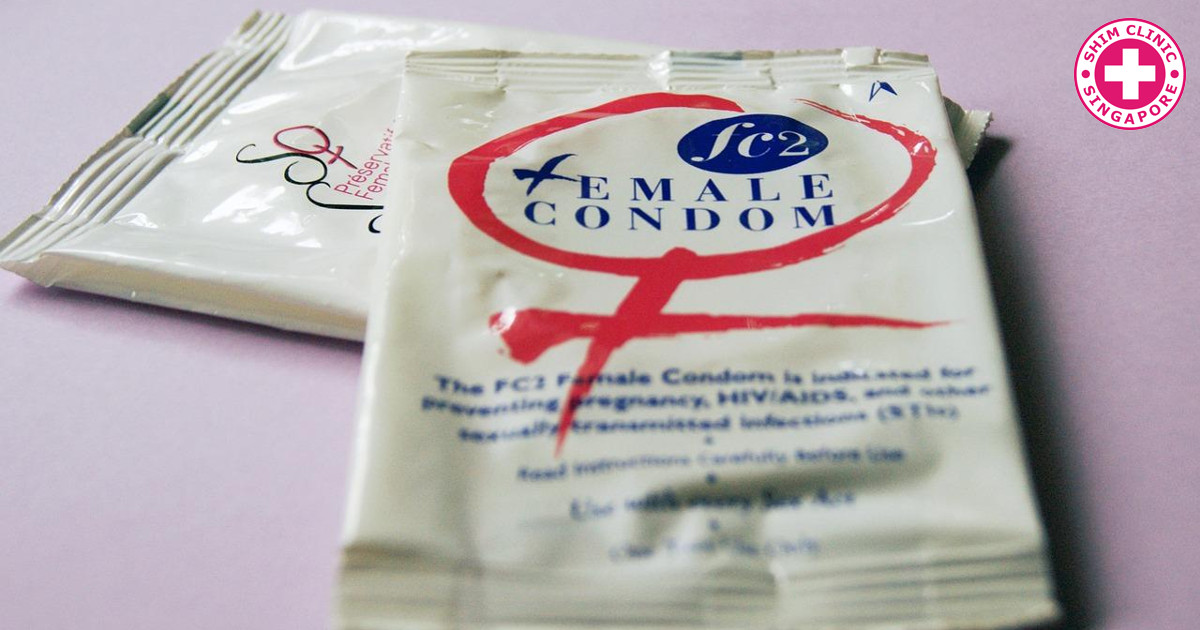Cases of sexually transmitted diseases, or STDs, are increasing every year. These are serious diseases that people can catch after intimate activities, such as sex, with another person. These are common among teens that want a jump start in what it means to be an adult.
If you are a teenager or young adult, it is important to know how you can avoid the risk of giving and receiving STDs, so it’s important to be aware what they are capable of and how serious they can effect one’s life.
STDs include the following:
- HIV and AIDS
- Gonorrhea
- Chlamydia
- Genital Herpes
- Trichomoniasis
- Hepatitis B
- Syphilis
and Pelvic Inflammatory Disease
These are all serious conditions that can range from inflammation to parts of the body to eventual death of the recipient. Look up each condition to review their common STD symptoms so you can anticipate what would come to you or another person you may know.
Sexually transmitted diseases do not mean these are diseases that exclusively come from sexual intercourse. Many cases of STD originate from contact with an inflammation or infected part of the body, usually on the skin.
STDs are hard to identify on a person. In fact, it could be a while before a person finds out that they have an STD, and they could transfer their STD to their partner without ever knowing about it.
There are three different ways a young teenager can be at risk of getting an STD, and they are the following:
Sex at a young age.
The younger a person’s age, the more likely they are developing an STD. Younger people tend to not have or want the resources to learn about treating or preventing STDs, or decide to not take any abstinence tests to get educated on the risks of STDs.
Multiple partners.
If a person has sex with many different men or women, they are more likely to spread and/or receive an STD. One or two of the people one may have sex with could be carrying malicious bacteria or infections on the skin, which would increase the risk of STDs. This does not just apply to teenagers, but older adults as well.
No protected sex.
You probably will not know if you send or receive STDs from your partner, so as insurance, couples should use latex condoms to reduce their risk. You may have heard of methods to prevent a woman from getting pregnant, but condoms are the only method of filtering disease from entering another body.
It is a lot easier to prevent STDs than they are to be treated. Not having sexual activity is the only surefire way to avoid getting an STD.
This is called abstinence. If one insists on having sexual activity, condoms are necessary to reduce the chances of catching an STD.
It is also recommended to avoid alcoholic beverages. You may try to be careful not to have sex, but people under the influence likely wouldn’t be able to control their actions.
If you or your partner thinks they have an STD through common STD symptoms, contact a doctor right away to be examined. If you don’t want to reveal anything to our family doctor, than a local clinic would be able to inspect you or your partner.
You may see signs of STDs while you might think of them as symptoms like an inflammation of the lips, but they could turn out to be false alarms. A doctor can always tell if they are signs of STDs or not, so it’s never a bad thing to have them take a look.

